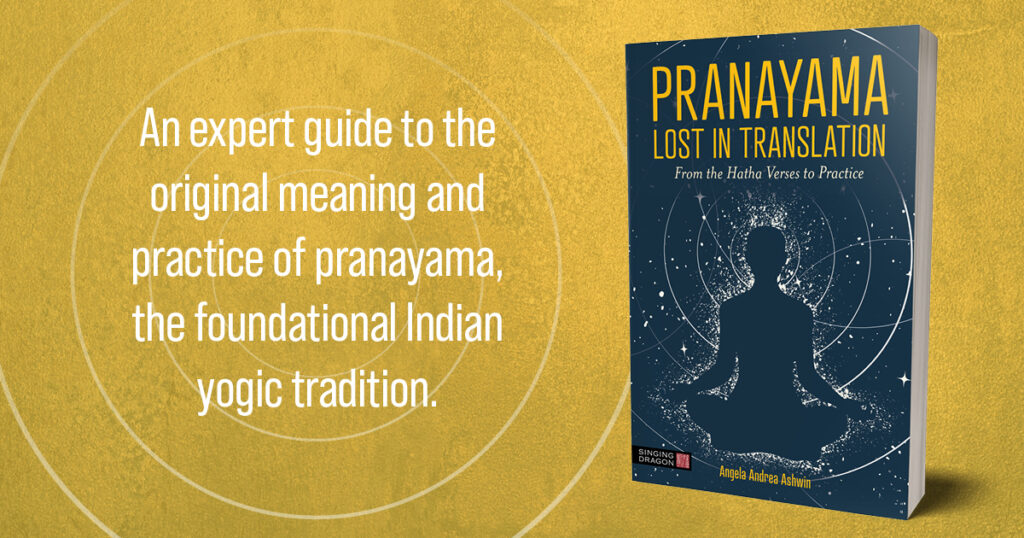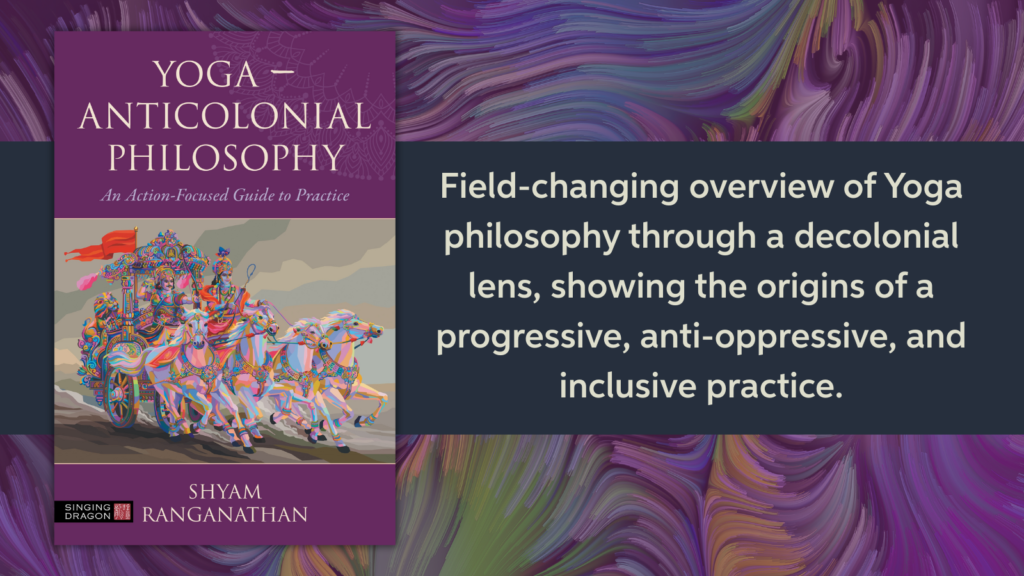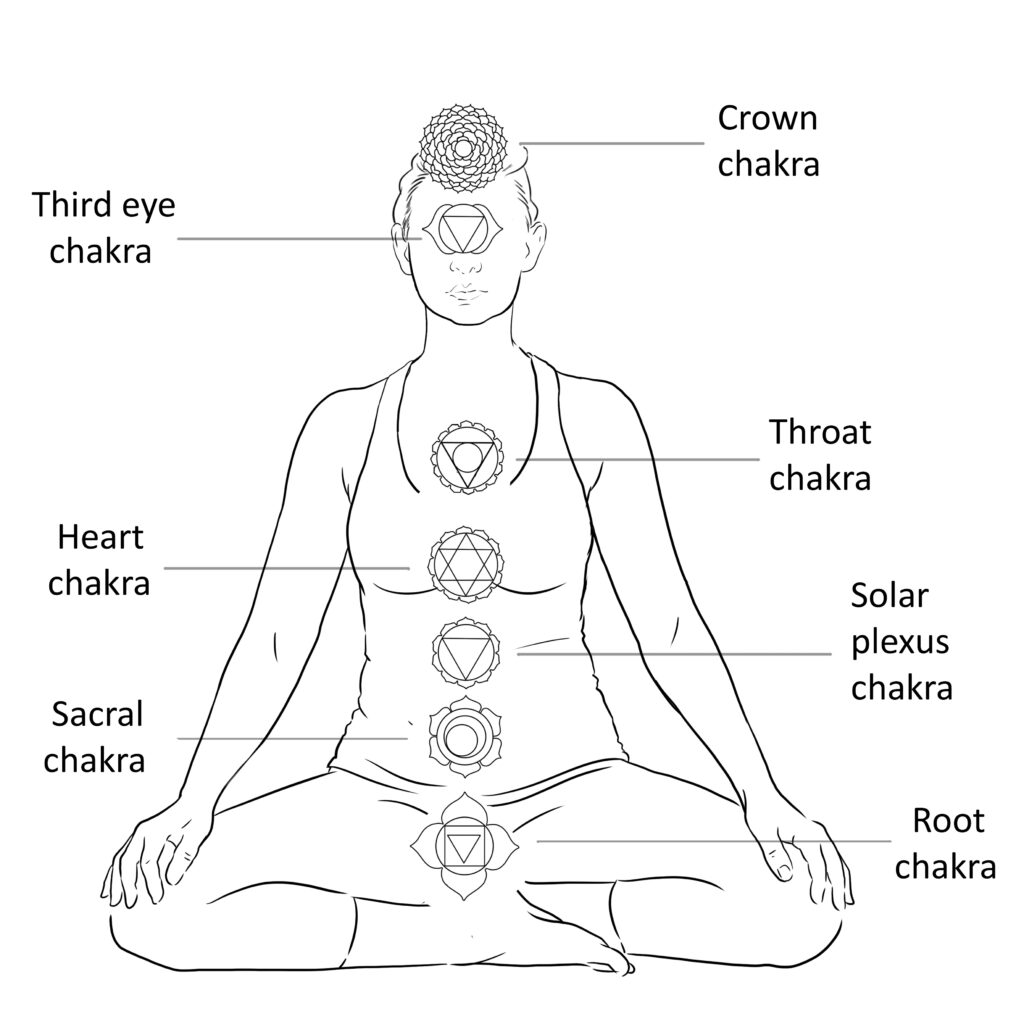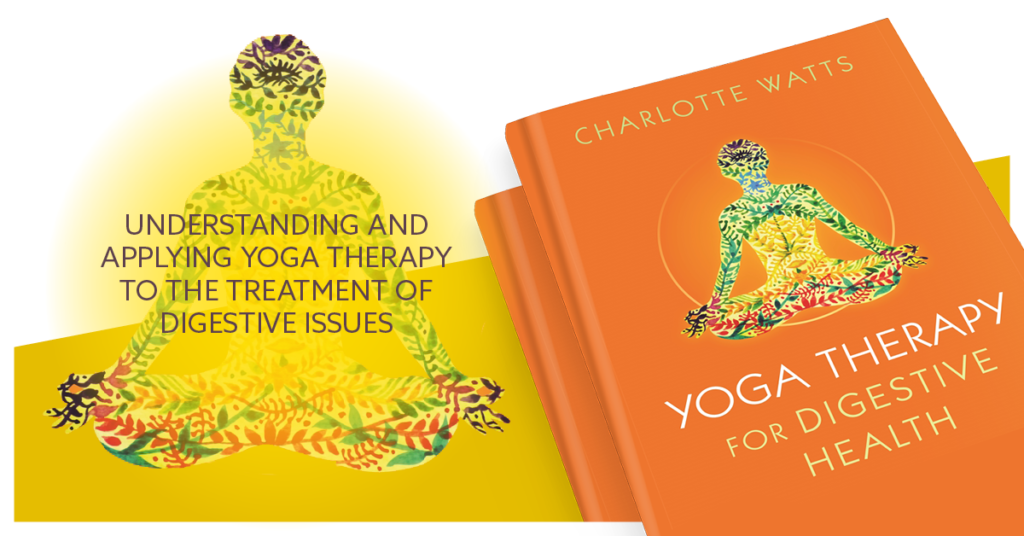Like for many of us, when I first came to yoga, pranayama was of secondary importance to asana. We were taught breathing techniques like the ‘complete yogic breath’ with reference to anatomy, which did not fascinate me very much, but it was only much later when I worked with the original Hatha verses, studied Sanskrit and delved deeper into pranayama practice, that I realized its fundamental role in Yoga and how mistaking it for ‘breath’ belittles its true purpose: to clear the obstacles in the pranic body to allow Prana (life force) to expand (ayama). My study and practice of Pranayama changed my teaching. I started to introduce my changed approach of Pranayama on CPD days for the British Wheel of Yoga and organized pranayama workshop in my Yoga School. On those events I gave/give evidence from the Sanskrit texts and instruct the original teachings. Students were fascinated and I always finished a session with the question whether students think there might be truth in my approach. They confirmed that I had shown them my take in theory and practice and they saw its value. Thanks to those confirmations I wrote the book: “Pranayama Lost in Translation” which was straight away accepted by Singing Dragons Publishers and will appear in July 2025.
In the West we have been misled into believing that pranayama is respiration. Googling pranayama brings up ‘breathing exercises’ with multiple sites referring to ‘respiratory health’ or ‘increased lung capacity’. But, that is not pranayama. Pranayama is the expansion of Prana (life force), which travels from the navel centre – the place pranic force resides – outward and returns back, a movement called vayu (wind). The vayu movement is linked to the breath as it shares the same rhythm as the respiratory process, but it is substantially different.








